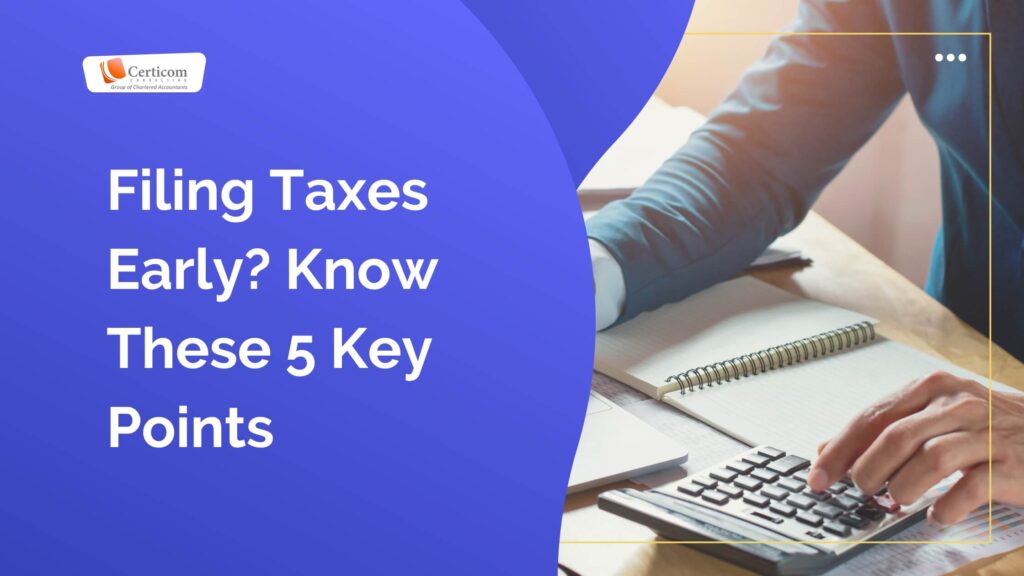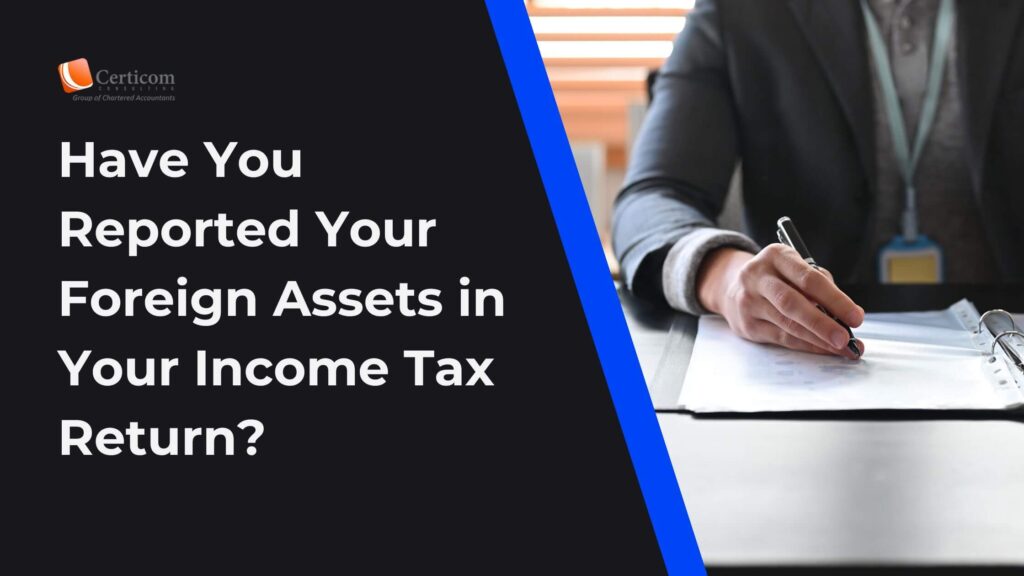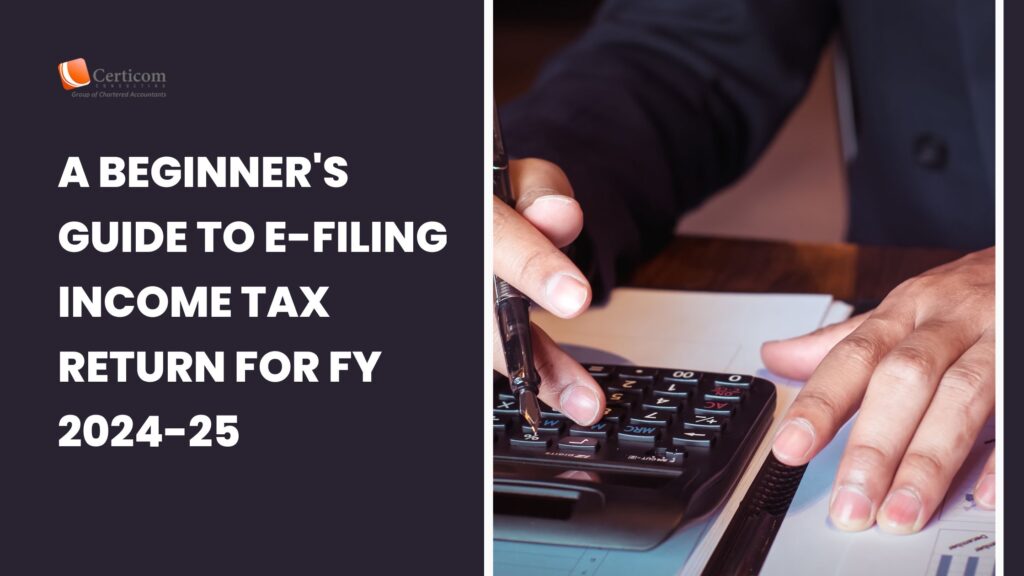Filing your income tax return early this year? Understanding these 5 essential points is crucial.

It is precisely 45 days since the end of the 2023–24 fiscal year, and there are 75 days remaining before the July 31 deadline for filing income tax returns (ITRs). This is a great moment for an individual taxpayer to at least start the income tax e-filing process, even though you still have plenty of time to get your act together and file your return at a later time.
Additionally, you can review a few of the crucial details that you should be aware of before beginning the process. Prior to filing, taxpayers should be aware of the following:
Newly Released Forms
The income tax department has made all pertinent ITR forms available for online completion by taxpayers. You can download an electronic filing provision to your PC. You can get the pre-filled data as well.

You have three options for downloads or imports using the e-filing program that you can download to your computer.
A. Download pre-filled data
B. Import pre-filled data
C. Import a draft ITR that has been completed online, as seen in the picture below.
Select Your Form Thoughtfully
In the meanwhile, selecting the appropriate income tax form is crucial. For example, ITR-1 is intended for taxpayers with total income up to ₹50 lakh from salary, one residential property, other sources, and agri income up to ₹5,000. On the other hand, you must choose ITR-3 if your income is from business or professional earnings and gains.
You can also file an ITR-4 if you work for a business or a profession and your income up to ₹50 lakh is calculated using the 44AD, 44ADA, or 44AE presumptive tax rules.
Tax regime
It is important to remember that if you wish to take advantage of some of the exemptions that are absent from the new tax regime, you must specifically choose the old tax regime. To pay taxes in accordance with those regulations, one must choose the old tax regime because that is the default regime.
Tax Calculator

To calculate your precise tax based on the most recent rules, you can also use the income tax calculator available on the income tax department website.Furthermore, by entering your income information, you can use a different calculator that provides a comparative comparison of the two tax regimes to determine which is more advantageous for you.
Tax Exemptions
One more important point that taxpayers need to keep in mind is that they will only be eligible for income tax exemptions if they made their investments in those tax-saving instruments prior to March 31, 2024.
After this date, any investment made will not be eligible for exemptions when filing an income tax return for the fiscal year 2023–2024.
Related Post
A Beginner’s Guide to E-Filing Income Tax Return for FY 2024-25
Faking Tax Deductions? You Could Be Penalised Up To 200% Under Income Tax Rules
Book A One To One Consultation Now For FREE
How can we help? *




